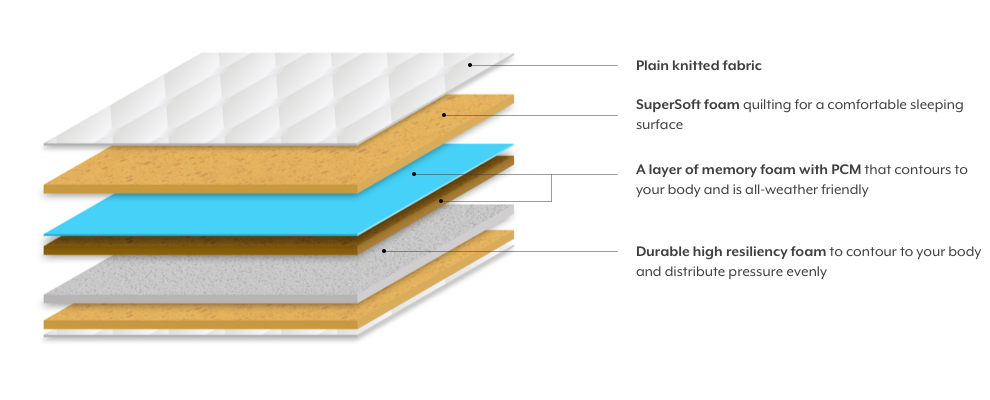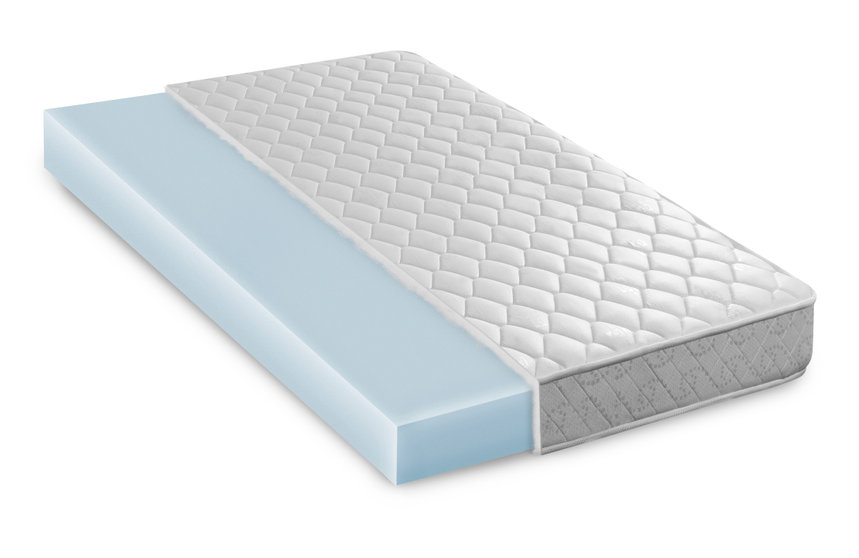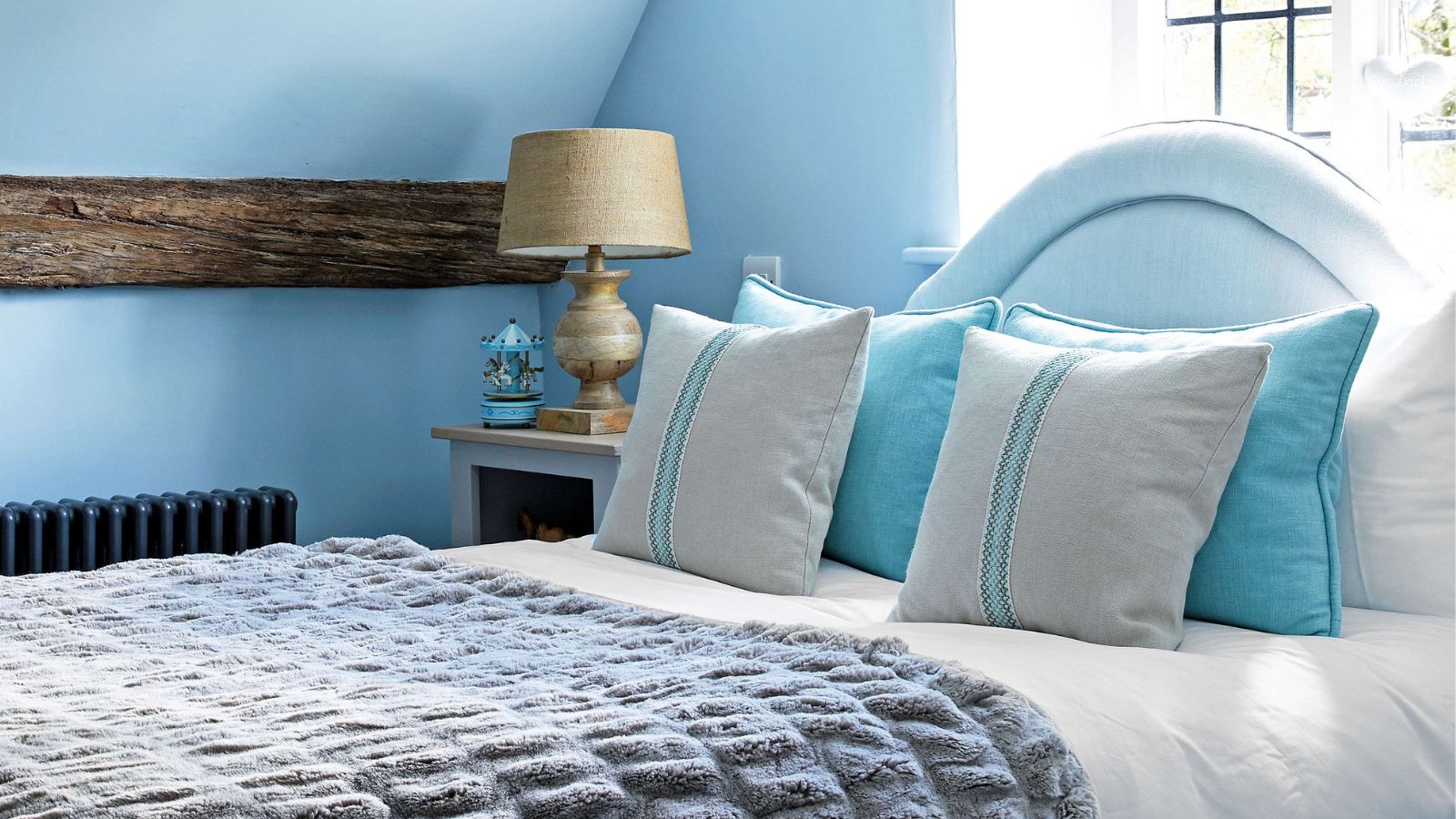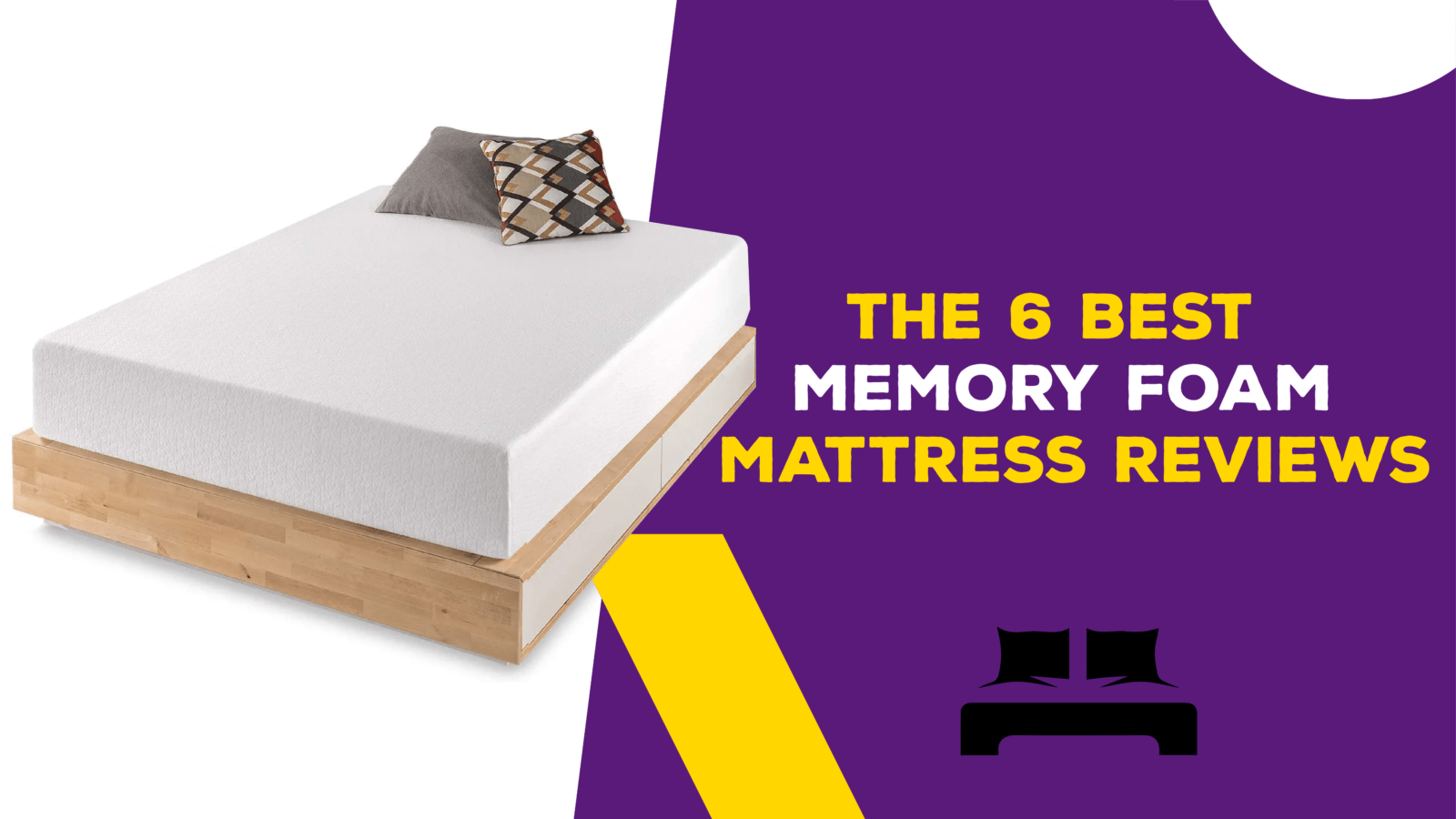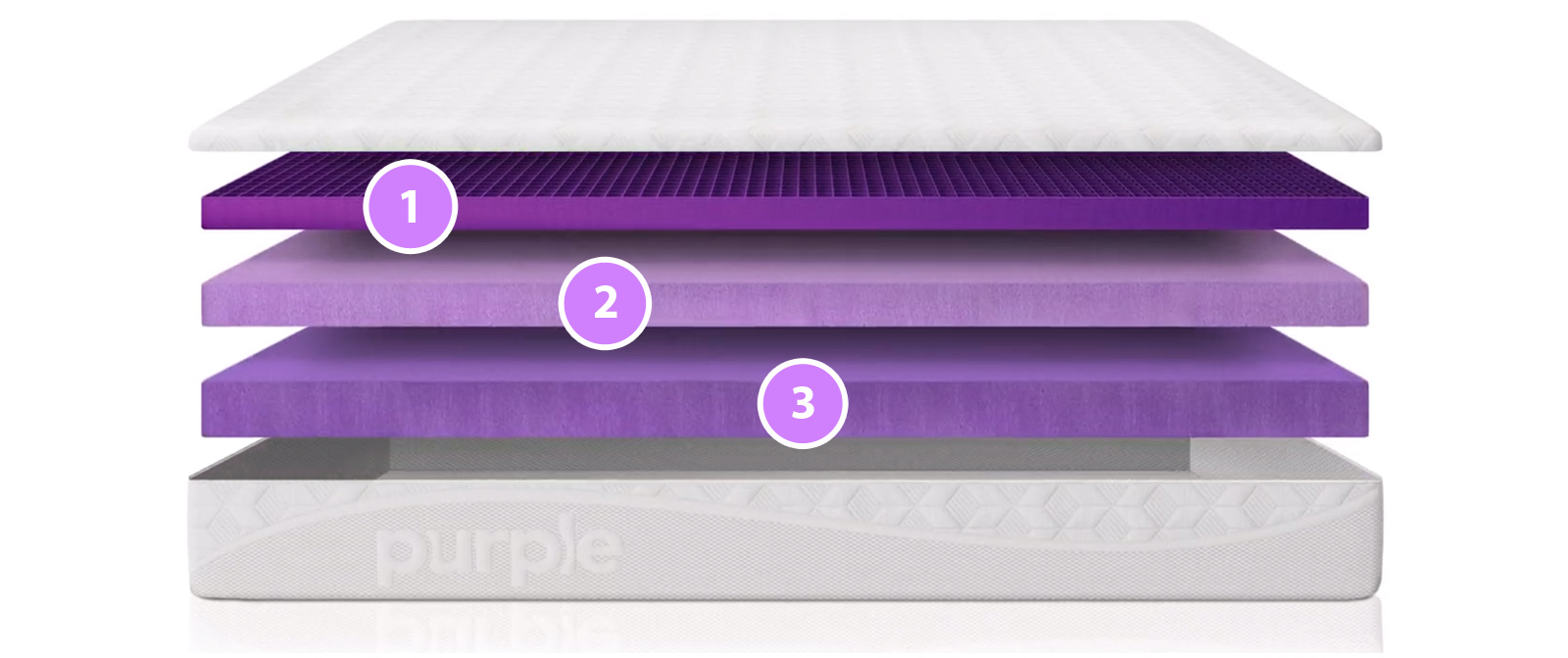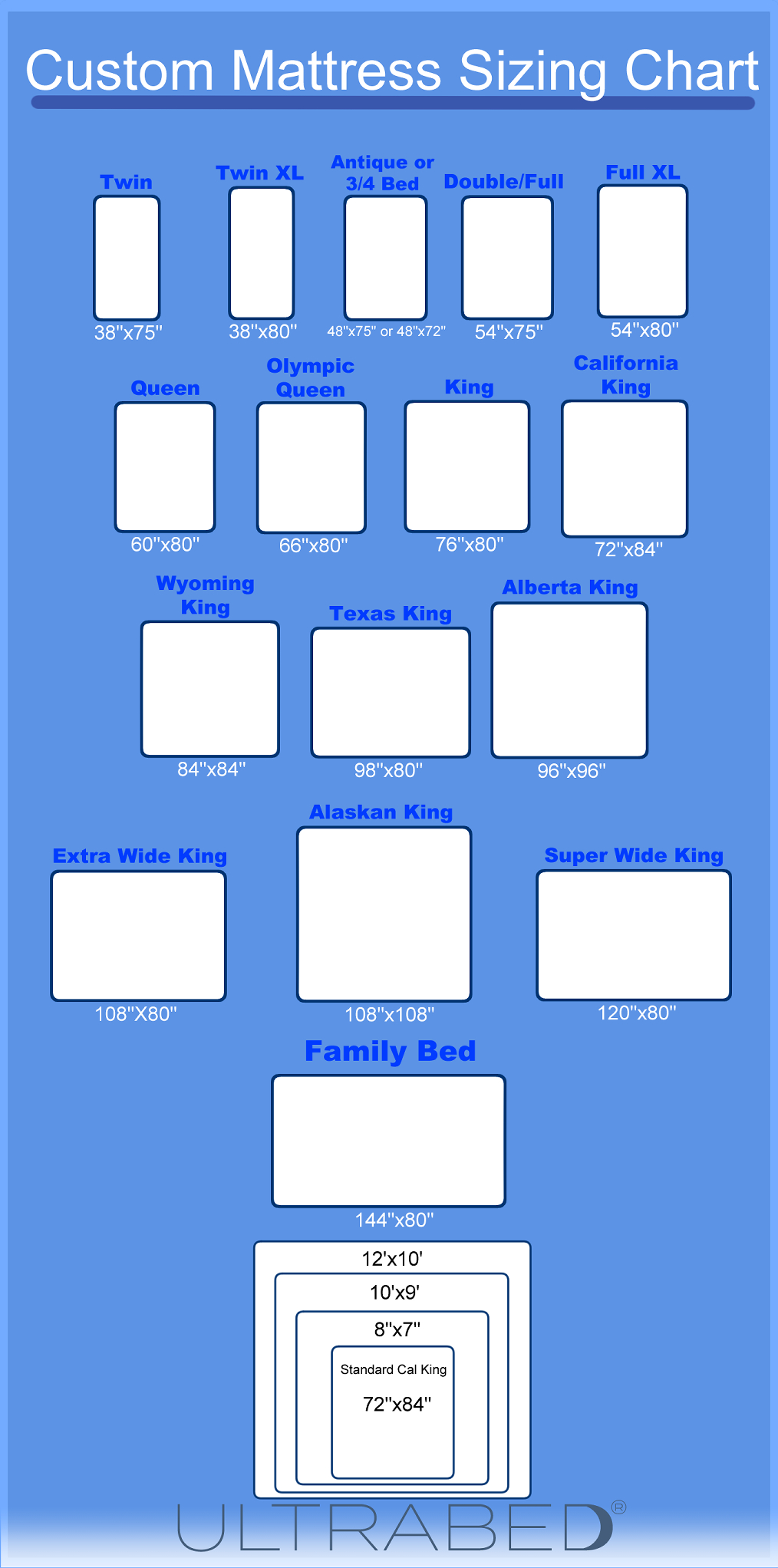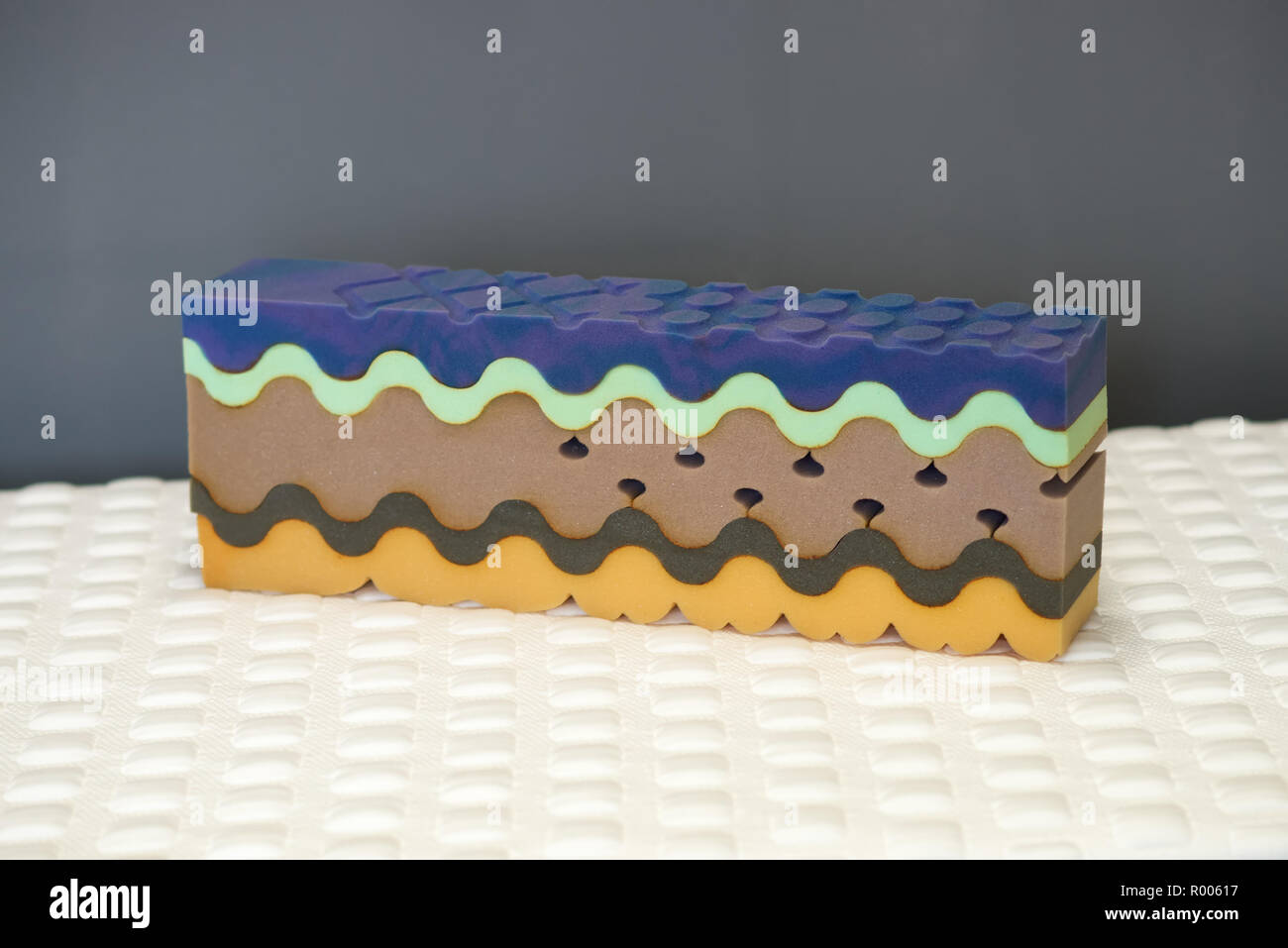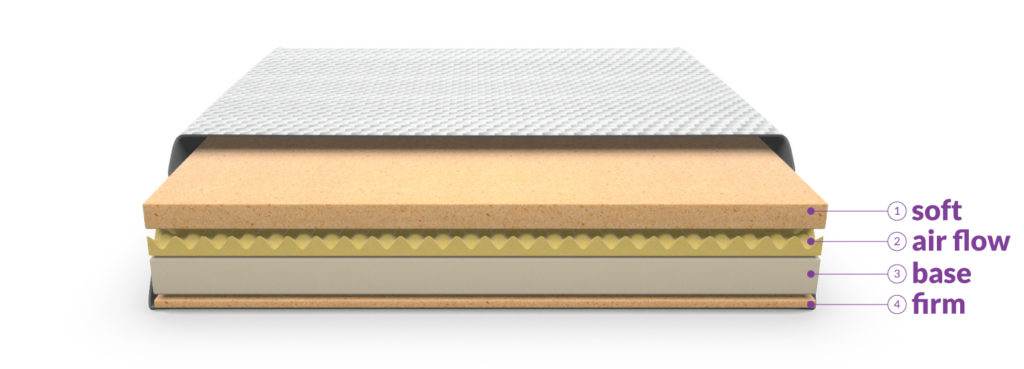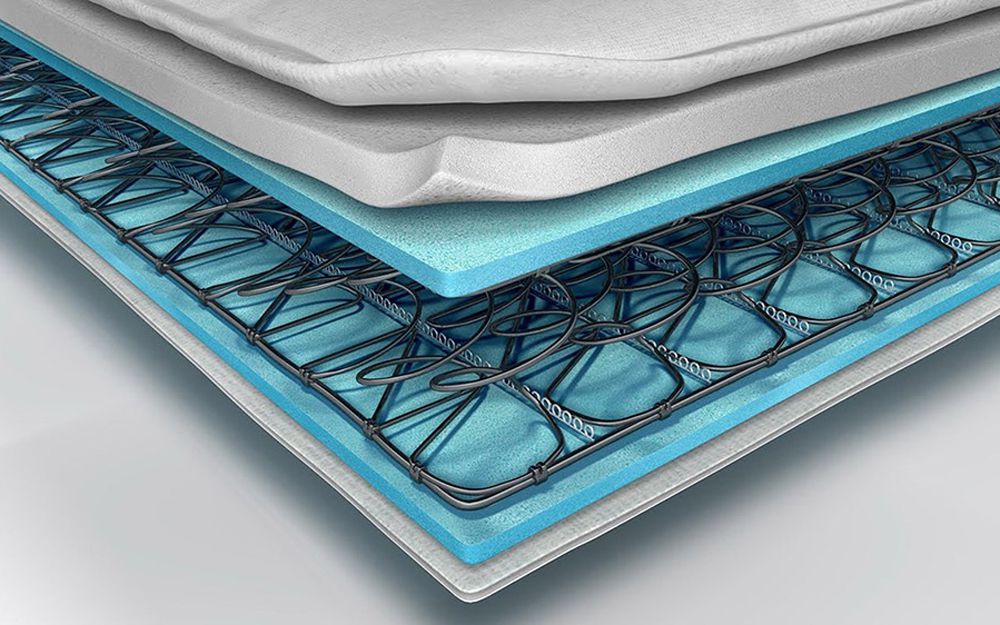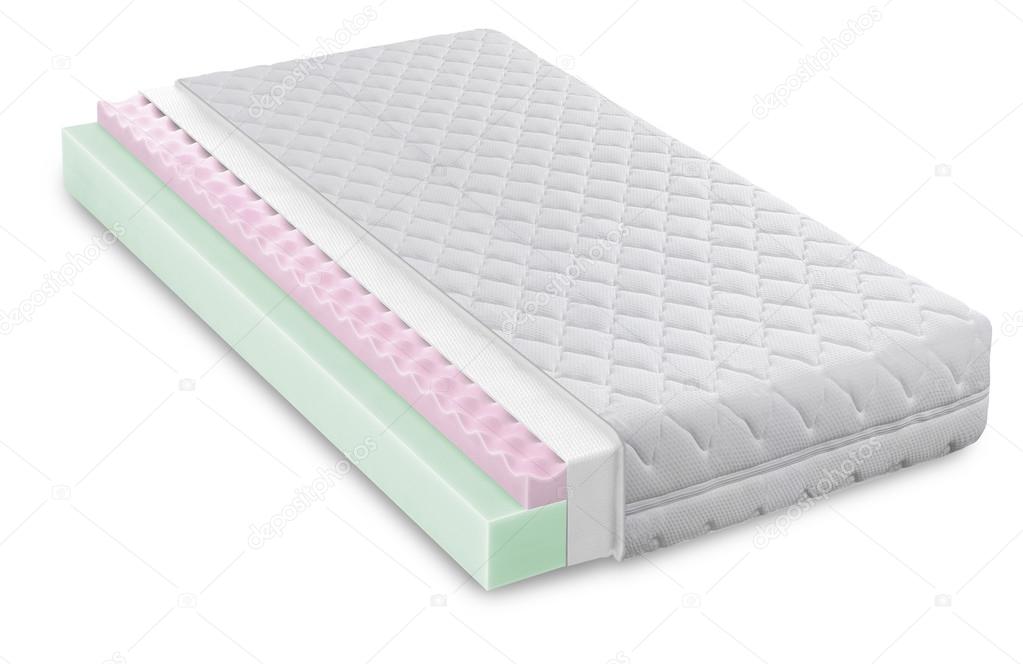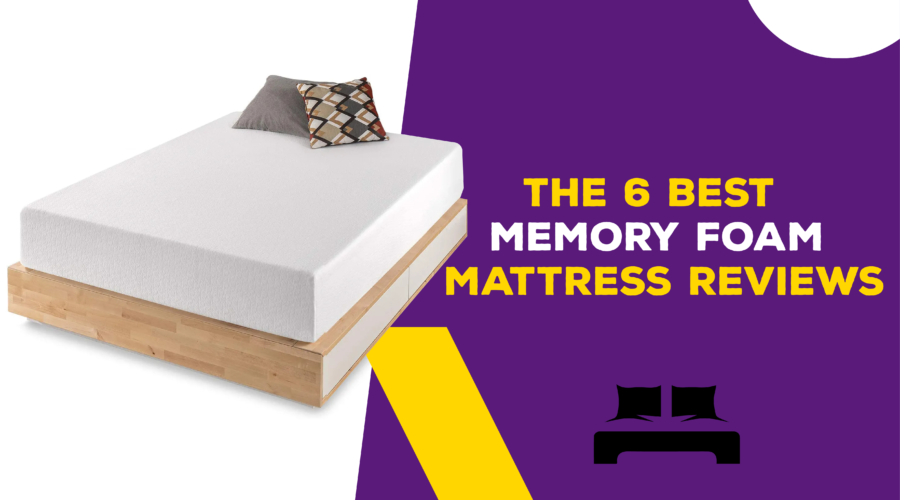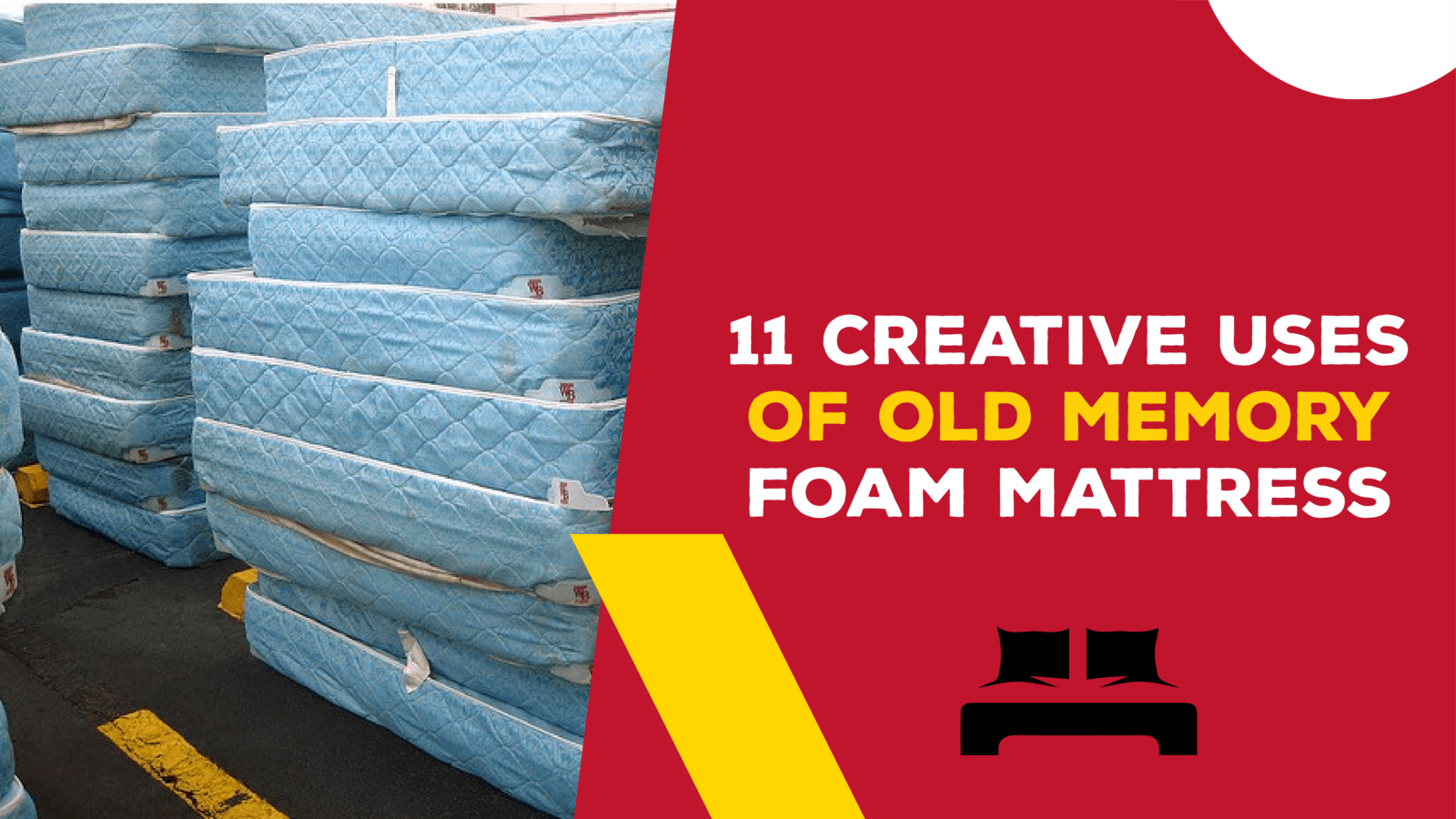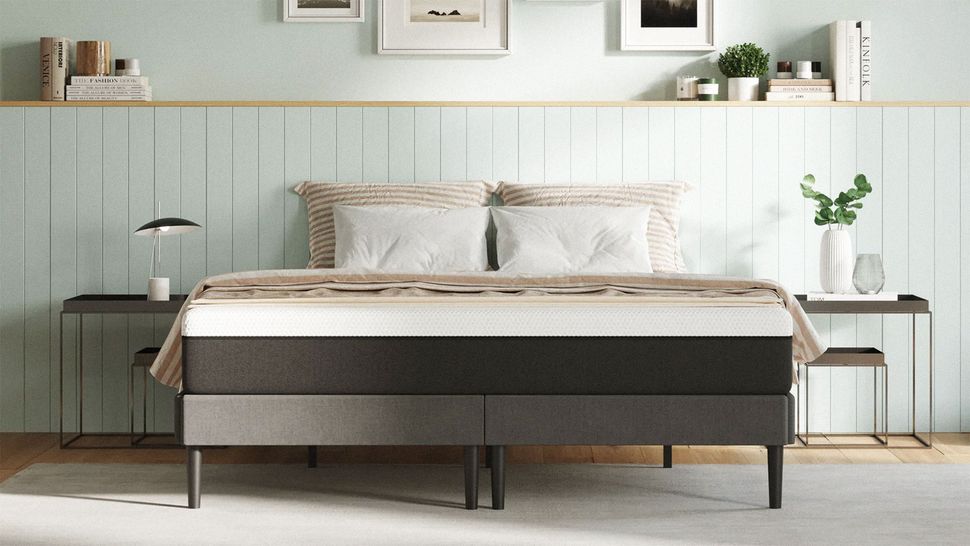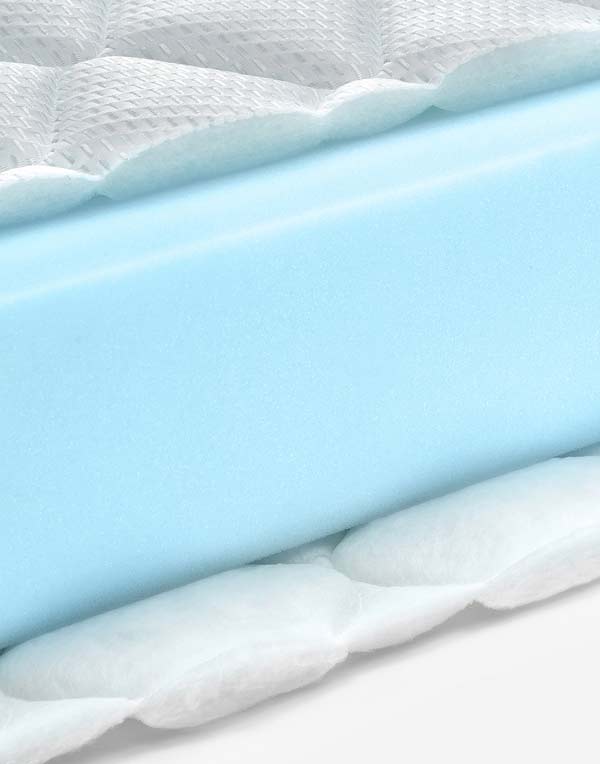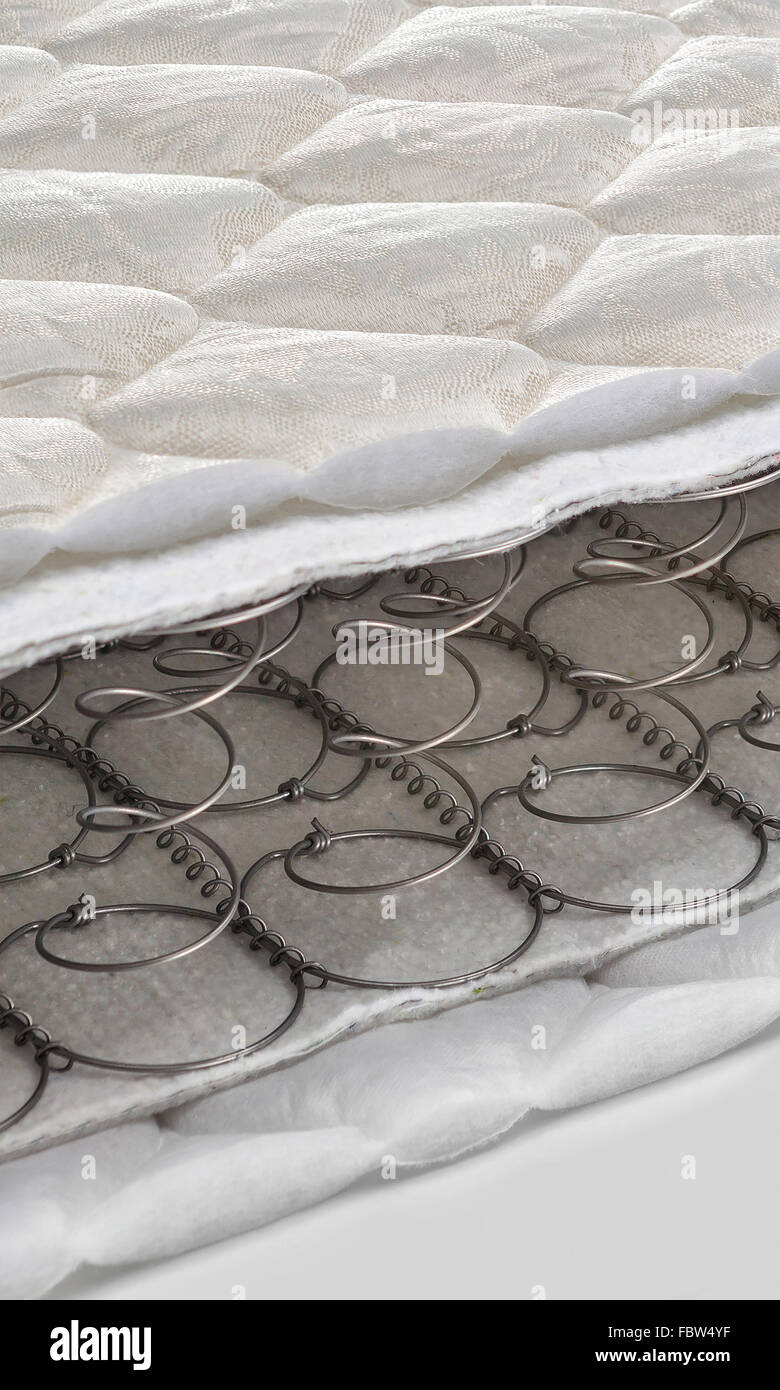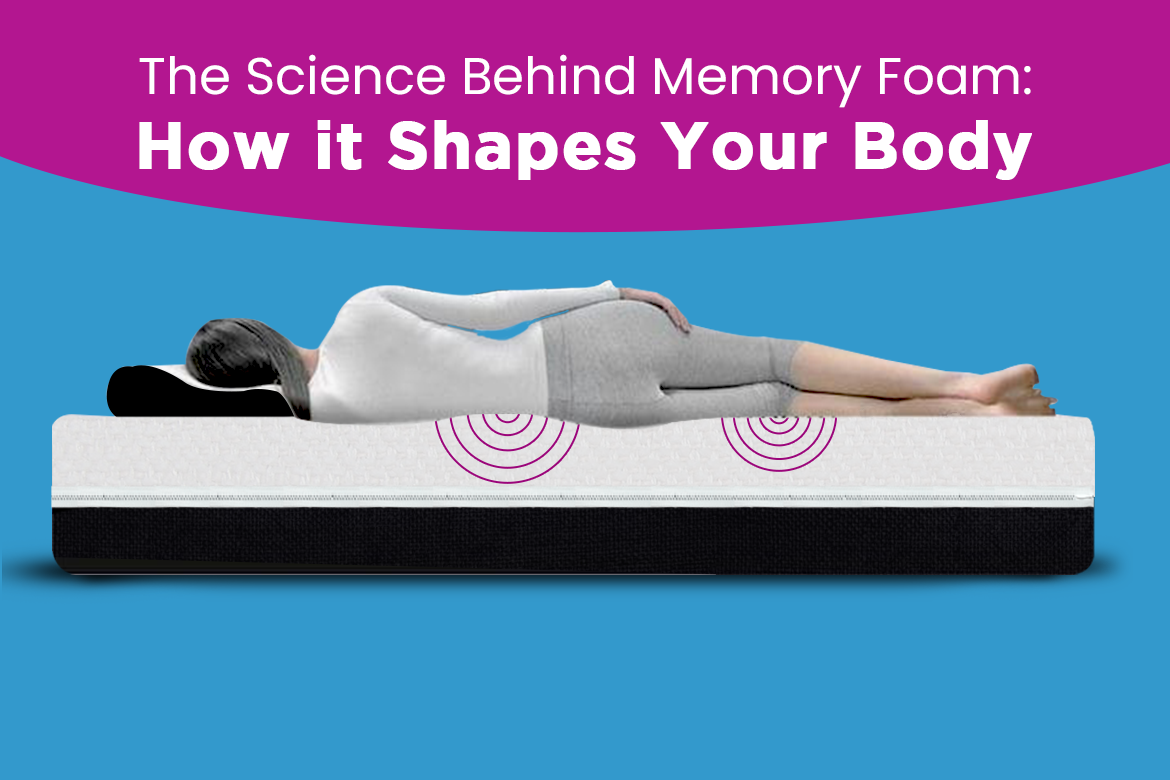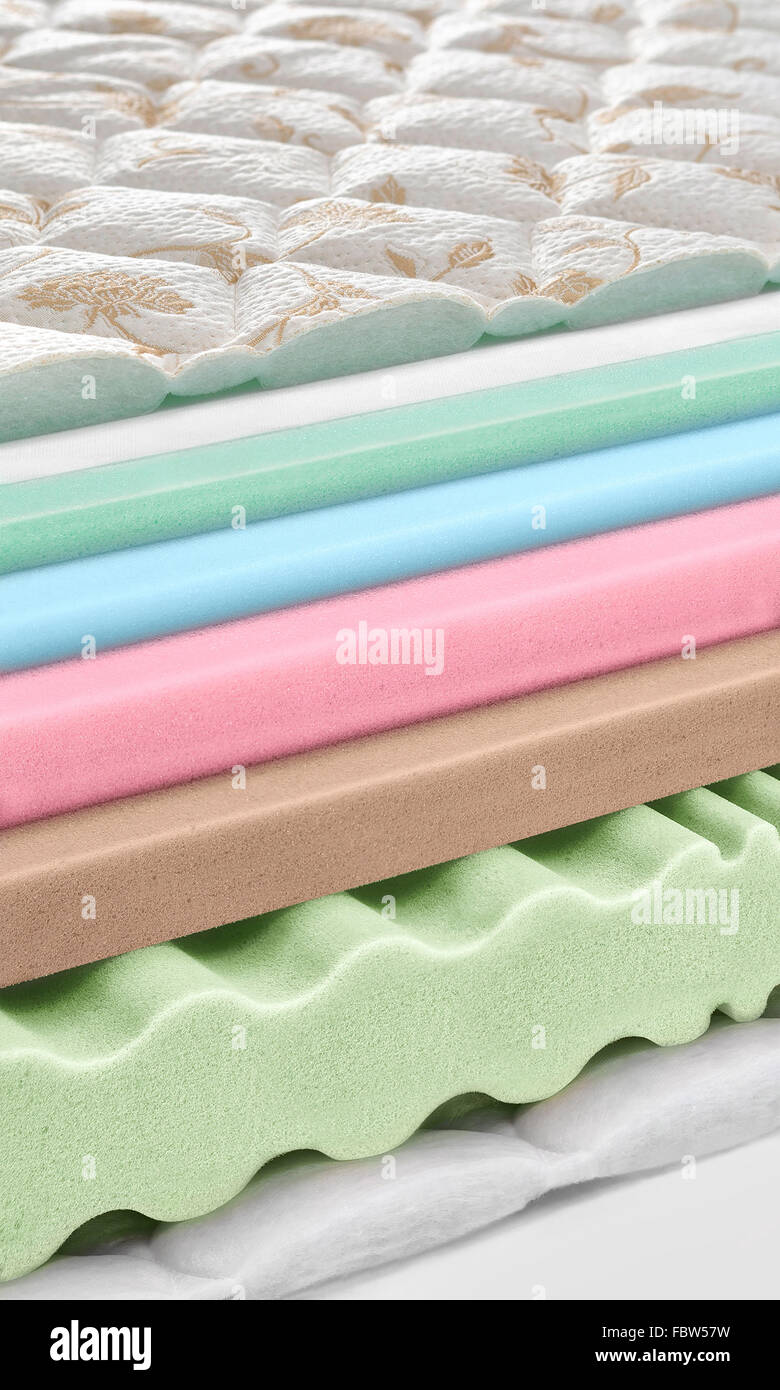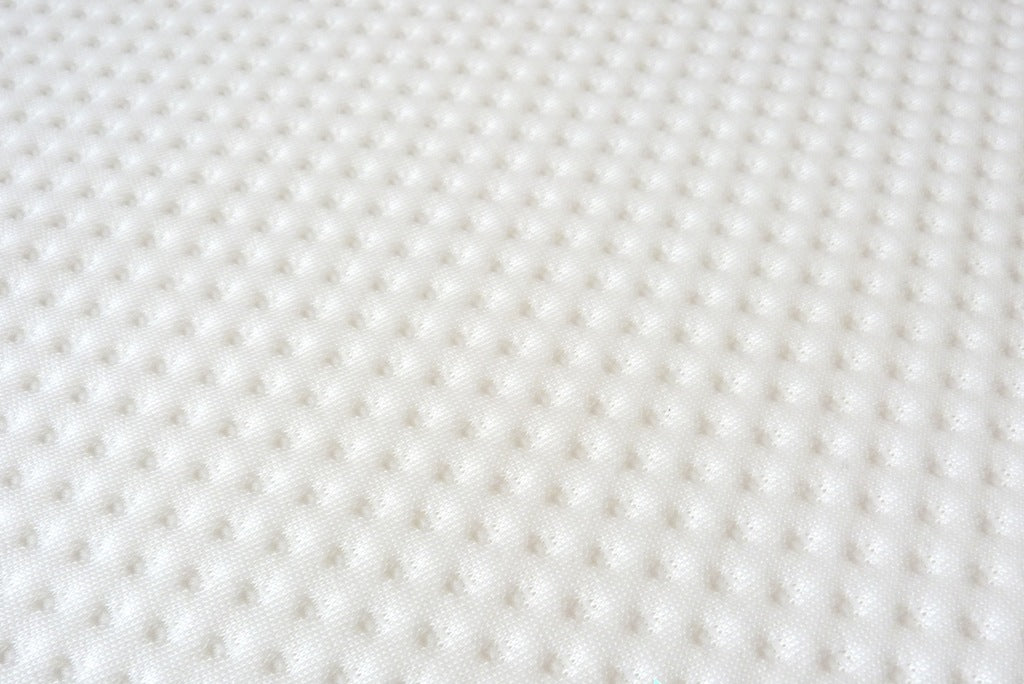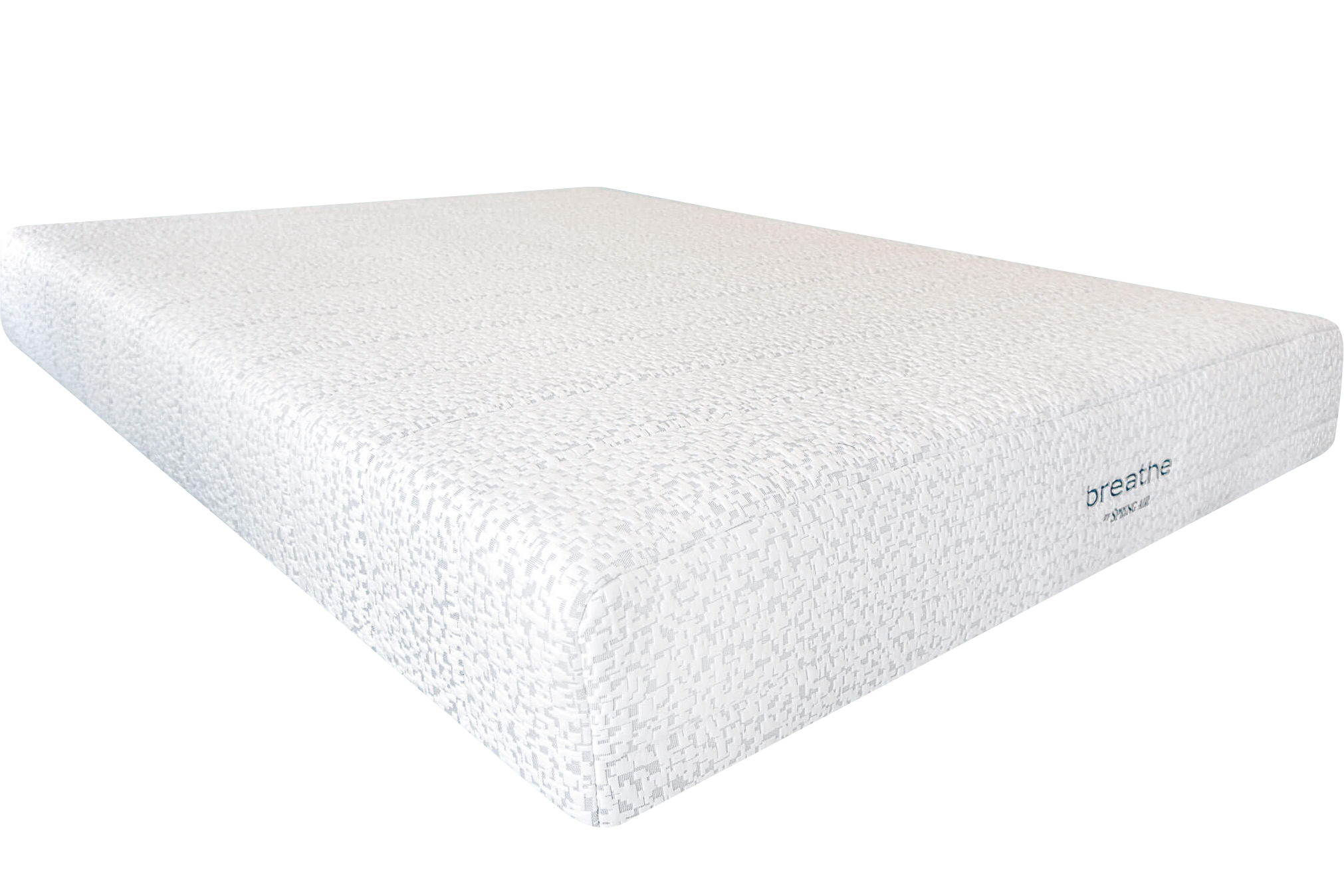Memory foam mattresses have become increasingly popular in recent years due to their ability to provide superior comfort and support for a good night's sleep. But have you ever wondered what makes these mattresses so special? In this article, we will take a closer look at the memory foam mattress cross section to understand its unique construction and what sets it apart from traditional mattresses.Memory Foam Mattress Cross Section Explained
Before we dive into the details of a memory foam mattress cross section, it's important to understand how these mattresses are constructed. The key to their comfort and support lies in the layers of foam used. The top layer of a memory foam mattress is made of viscoelastic foam, which is a type of polyurethane foam that is sensitive to heat and pressure. This layer is responsible for the contouring and pressure-relieving properties of the mattress, as it molds to the shape of your body in response to your body heat. Beneath the top layer, there is usually a layer of transition foam that acts as a buffer between the soft top layer and the firmer base layer. This layer helps to evenly distribute your body weight and prevent you from sinking too deeply into the mattress. The base layer of a memory foam mattress is typically made of high-density polyurethane foam, which provides the necessary support for the entire mattress. This layer is responsible for keeping your spine properly aligned and preventing any uncomfortable sinking or sagging.Understanding the Layers of a Memory Foam Mattress Cross Section
Now that we have a basic understanding of the layers used in a memory foam mattress, let's take a closer look at the memory foam mattress cross section. Starting from the top, the first layer is the comfort layer, which is usually made of memory foam or a combination of memory foam and other types of foam. This layer is responsible for providing the initial softness and pressure relief that memory foam mattresses are known for. Beneath the comfort layer, there is the transition layer, which is typically made of polyurethane foam or latex foam. This layer acts as a bridge between the softer top layer and the firmer base layer, providing support and preventing you from sinking too deeply into the mattress. The support layer, also known as the base layer, is usually made of high-density polyurethane foam or innerspring coils. This layer is responsible for providing the necessary support for your body and keeping your spine properly aligned while you sleep.How Memory Foam Mattresses are Constructed: Cross Section Breakdown
Looking at a memory foam mattress from the side, you can see the distinct layers that make up its construction. The top layer is usually thicker than the bottom layers, as it is responsible for providing the initial comfort and pressure relief. The transition layer is thinner than the top layer, as its main purpose is to provide support and prevent you from sinking too deeply into the mattress. The base layer is usually the thickest layer, as it is responsible for the overall support and durability of the mattress.Inside a Memory Foam Mattress: Cross Section View
While the top layers of a memory foam mattress are responsible for providing comfort and support, the base layer is what makes it stand out from other types of mattresses. The high-density foam used in this layer is what gives memory foam mattresses their signature hugging feeling. When you lie down on a memory foam mattress, the top layers will contour to your body, while the base layer pushes back against your body weight. This creates a sinking or hugging sensation, which can provide a sense of comfort and security while you sleep.Exploring the Inner Workings of a Memory Foam Mattress Cross Section
Aside from the layers of foam used in a memory foam mattress, there are other materials that may be included in its construction. These materials can affect the overall feel and performance of the mattress. Some memory foam mattresses may include gel-infused foam, which is designed to provide a cooler sleeping surface by dissipating heat. Others may include ventilation holes in the foam layers to improve airflow and prevent heat buildup. Additionally, some mattresses may have a fabric cover that is designed to wick away moisture and provide a soft, breathable surface for sleeping.Memory Foam Mattress Cross Section: A Closer Look at the Materials Used
Let's take a closer look at the layers of a memory foam mattress and their specific functions: Top Layer: The top layer of memory foam is responsible for providing initial comfort and pressure relief. This layer is usually made of viscoelastic foam and is the thickest layer in a memory foam mattress. Transition Layer: The transition layer acts as a buffer between the top layer and the base layer. It helps to evenly distribute your body weight and prevent you from sinking too deeply into the mattress. Base Layer: The base layer is the thickest and firmest layer of a memory foam mattress. It provides the necessary support for your body and helps to keep your spine properly aligned.Breaking Down the Layers of a Memory Foam Mattress Cross Section
The biggest difference between a memory foam mattress and other types of mattresses lies in the materials used in the construction. Memory foam mattresses use a combination of foam layers to provide comfort, support, and pressure relief, while traditional mattresses typically use innerspring coils or latex foam. The unique construction of a memory foam mattress allows it to mold to the shape of your body, providing personalized support and relieving pressure points. This can be especially beneficial for those who suffer from chronic pain or muscle discomfort.What Makes a Memory Foam Mattress Different? Cross Section Comparison
The memory foam mattress cross section may seem complex, but the science behind it is actually quite simple. The top layers of foam are designed to react to your body heat and pressure, while the base layer provides support and prevents you from sinking too deeply into the mattress. Additionally, the use of high-density foam in the base layer creates a hugging sensation that can provide a sense of comfort and security while you sleep. This combination of materials and design elements is what makes a memory foam mattress so unique and popular.The Science Behind a Memory Foam Mattress Cross Section
Now that you have a better understanding of the memory foam mattress cross section, you can see why these mattresses have become a top choice for many sleepers. Their unique construction and ability to provide personalized support and comfort have made them a go-to option for those looking for a better night's sleep.Uncovering the Secrets of a Memory Foam Mattress Cross Section
The Benefits of Memory Foam Mattresses for a Good Night's Sleep

Why Choose a Memory Foam Mattress?
 When it comes to designing your dream home, every detail matters. From the color of the walls to the furniture, it's important to create a space that is not only aesthetically pleasing but also comfortable. One crucial aspect of comfort is your choice of
mattress
. And in recent years, the popularity of
memory foam mattresses
has skyrocketed. So what makes them stand out from traditional
spring mattresses
?
When it comes to designing your dream home, every detail matters. From the color of the walls to the furniture, it's important to create a space that is not only aesthetically pleasing but also comfortable. One crucial aspect of comfort is your choice of
mattress
. And in recent years, the popularity of
memory foam mattresses
has skyrocketed. So what makes them stand out from traditional
spring mattresses
?
How Memory Foam Mattresses Work
 Memory foam is a type of polyurethane foam that is viscoelastic, meaning it responds to pressure and heat. When you lie down on a memory foam mattress, your body heat softens the foam, allowing it to mold to your body's shape and distribute your weight evenly. This creates a
customized and supportive sleeping surface
, eliminating pressure points and reducing tossing and turning throughout the night.
Memory foam is a type of polyurethane foam that is viscoelastic, meaning it responds to pressure and heat. When you lie down on a memory foam mattress, your body heat softens the foam, allowing it to mold to your body's shape and distribute your weight evenly. This creates a
customized and supportive sleeping surface
, eliminating pressure points and reducing tossing and turning throughout the night.
The Health Benefits of Memory Foam Mattresses
 Aside from providing a comfortable night's sleep, memory foam mattresses also offer numerous health benefits. The even weight distribution and support provided by
memory foam
can alleviate chronic pain, particularly in the back and joints. This makes them an ideal choice for those with conditions such as arthritis or fibromyalgia. Additionally, memory foam mattresses are
hypoallergenic
and
resistant to dust mites
, making them a great option for those with allergies or respiratory issues.
Aside from providing a comfortable night's sleep, memory foam mattresses also offer numerous health benefits. The even weight distribution and support provided by
memory foam
can alleviate chronic pain, particularly in the back and joints. This makes them an ideal choice for those with conditions such as arthritis or fibromyalgia. Additionally, memory foam mattresses are
hypoallergenic
and
resistant to dust mites
, making them a great option for those with allergies or respiratory issues.
Longevity and Durability
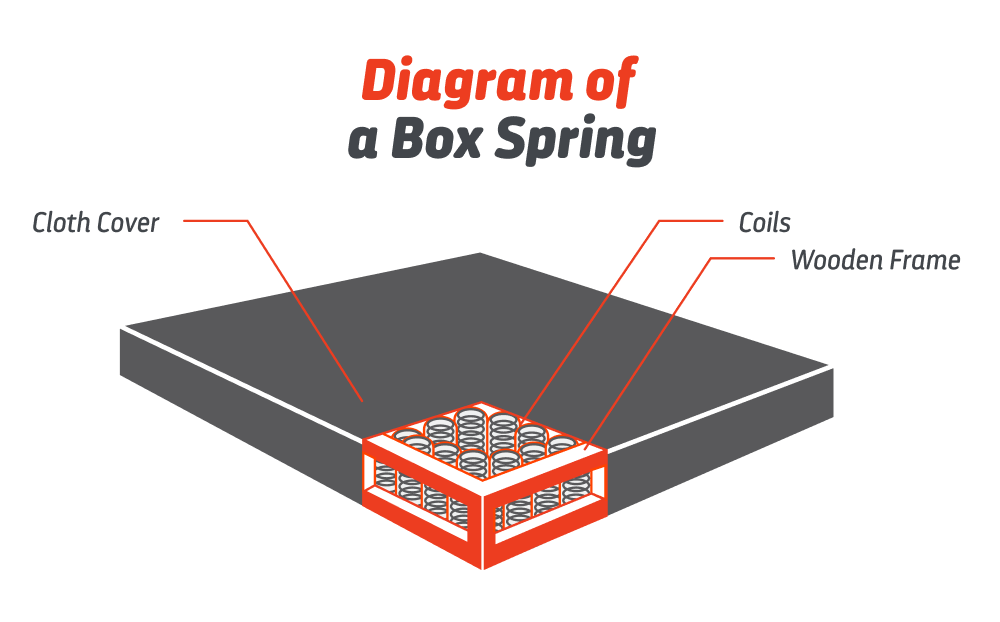 One of the main concerns when purchasing a new mattress is its longevity. Memory foam mattresses are known for their
durability
, with some models lasting up to 15 years. This is due to the high-density foam used, which is more resistant to wear and tear than traditional
spring mattresses
. This makes them a wise investment for your home and ensures a good night's sleep for years to come.
One of the main concerns when purchasing a new mattress is its longevity. Memory foam mattresses are known for their
durability
, with some models lasting up to 15 years. This is due to the high-density foam used, which is more resistant to wear and tear than traditional
spring mattresses
. This makes them a wise investment for your home and ensures a good night's sleep for years to come.
Customized Comfort for Every Sleeper
 Another advantage of memory foam mattresses is that they come in a variety of firmness levels. This means you can select the perfect
firmness
for your sleeping preferences, whether you prefer a soft, plush feel or a firmer surface. Additionally, memory foam mattresses are ideal for couples as they
minimize motion transfer
. This means that if one person moves or gets up during the night, the other person won't be disturbed, allowing for a more restful sleep for both.
Another advantage of memory foam mattresses is that they come in a variety of firmness levels. This means you can select the perfect
firmness
for your sleeping preferences, whether you prefer a soft, plush feel or a firmer surface. Additionally, memory foam mattresses are ideal for couples as they
minimize motion transfer
. This means that if one person moves or gets up during the night, the other person won't be disturbed, allowing for a more restful sleep for both.
Conclusion
 In conclusion,
memory foam mattresses
offer a unique and luxurious sleeping experience, providing numerous health benefits and a long-lasting investment for your home. With its customizable comfort and durability, it's no wonder that they have become a top choice for many homeowners. So if you're looking for the perfect
mattress
for your dream home, consider a memory foam mattress for a good night's sleep.
In conclusion,
memory foam mattresses
offer a unique and luxurious sleeping experience, providing numerous health benefits and a long-lasting investment for your home. With its customizable comfort and durability, it's no wonder that they have become a top choice for many homeowners. So if you're looking for the perfect
mattress
for your dream home, consider a memory foam mattress for a good night's sleep.




